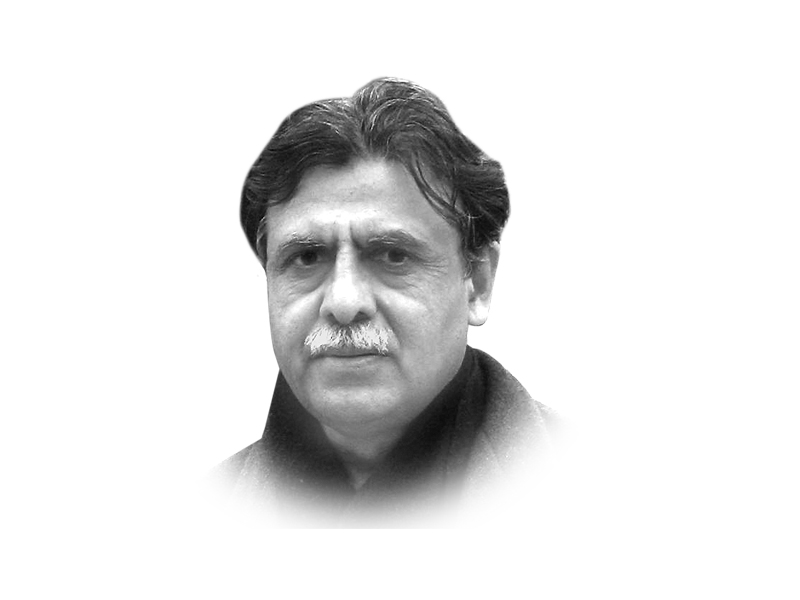
There are no quick fixes and the battle has to be a long-drawn one. The armed forces require a bedrock of support to carry out this task to the hilt. This brings to light the role of the federal and provincial governments, civil society, political parties, the media and our politico-religious leadership. Militants, after all, are perpetrating violence and suicide attacks in the name of religion.
The key to success hinges on unflinching and ever-expanding public support against militancy. Given the facts on ground, garnering and consolidation of public support may not be as simple. It would require a seamless connect amongst key elements, which help shape public perceptions. Such a convergence is not as evident at this stage. The reasons for this are well known. In the 1990s, we went for cost-effective proxies with homespun warriors as supplements to conventional war efforts. We did not visualise the risk of spillovers. These elements did not only get out of hand but were also able to carve out a niche within the societal network.
In this regard, we need to understand the basic difference between conventional and non-conventional warfare. In general, wars in the past were of shorter gestation based on defined indicators and fought in a given space. Public support was readily galvanised since the national agenda was unquestionably embedded in the minds over many years. On the other hand, sub-conventional wars signify long spells with spikes and dips; the perpetrators have an edge with regard to timing and choice of victim; there are many players along the fence with a persuasive hold, who give different meanings to acts committed by militants. Empathetic waves are generated in tandem to gloss over the acts of violence. The perpetrators have the advantage of making use of national resources and logistics in their designs. They can easily mix and mesh, making counter-moves daunting.
Conventional war is for the tangibles. There is a political agenda, which may tip the scales. Dialogue and parleys either precede or follow the course of war. The war from within that we are facing is delving into cerebral domains causing fear, anxiety, shock and trauma. It quite often mutes the public voice. It is a fight against a set of beliefs, which is antithetical to the bases of the state of Pakistan.
The war has been raging for many years and its vagaries are well known. Its ownership continues to be an issue. It is now time that the federal and provincial governments come out of their shells with clarity and a shared vision. They need to ensure that their piecemeal efforts are organically linked with the new doctrine for tangible results.
Some of our leading political parties, which have an eye on the pie, have been less than categorical on committing their positions on the issue. By and large, the politico-religious leadership is not prepared to see the tragic outfall beyond the ‘cause-and-effect syndrome’. Our schoolgirls are shot and wounded, female health workers are gunned down, vital installations are under fierce attack and our mosques and Friday prayer congregations are no longer safe. This is the existential reality facing us. At the same time, the imam at these congregations, who sways from the pulpit, hardly comes out with outright condemnation of the forces who commit the aforementioned atrocities. The new doctrine may float or sink amid these grim realities of present-day Pakistan.
Published in The Express Tribune, January 17th, 2013.
COMMENTS (8)
Comments are moderated and generally will be posted if they are on-topic and not abusive.
For more information, please see our Comments FAQ
























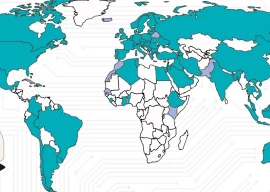
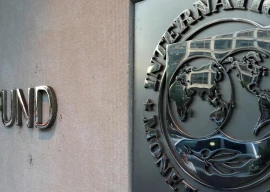
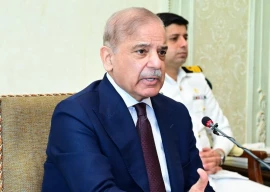

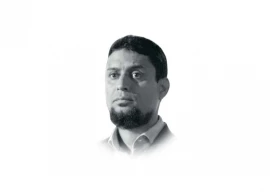

Our country almost since its creation in 1947 has been in struggle with itself. Our leaders are fond of ruling than governing. They allowed us to be a mercenary country for others, in the process made themselves wealthy; and sheltered unsavory foreigners to be among us threatening our country's very existence as a united Pakistan. Day by day we are being radicalized and pushing our neighbours and friends from minority communities out of the country. It seems we have lost direction and self confidence as a nation. Whatever we may think of PPP, it is holding on to the idea of a democratic Pakistan and trying to bring a degree of moderation to our society. But the military-judicial-fundamentalism triangle is about to kill our experiment with democracy and moderation.
If the doctrine is in place , then follow the demands of its logic .
Is it to be a nation heading for a secular democracy and a stable economy ?
Or, is it to be what is happening in stages from 1947 , that Pakistan is a slowly Islamizing society, whose final form is a big QUESTION MARK ???
@author, I don't think REDUCTION(not elimination) of terrorism is difficult at all for pakistan army/intelligence services. Nobody in India believe that REDUCTION of terrorism is difficult for pakistan army/intelligence services. It only requires honesty, Will and proper plannin in that order.
Actually we(indians) feel there is no OWNERSHIP of the country by the protectors of country.
If you see India's case eventhough it is large and densly populated, terror is always fought with multiple means. But with WILL to fight.
Pakistan should first decide if it really wants to be Civilized and live in civilized 21st century world.
This change in military doctrine is merely for public consumprtion as well as for US ears. No real shift in paradigm will take place. Jihadi assets will not be attacked or destroyed just in case they are needed against India(witness LoC flagration). The more the army changes more it remains the same.
100% agreed with Ricky, war of others on our land with our blood is totally illogical
Sixth largest army in the world is busy in Afghanistan since Gen Zia's days. Yet they now come up with a new doctrine! How many decades would it take for them to translate this "new doctrine" in practice? Poor civilians are dying by tens of thousands and we have just come out with a new doctrine. We did not even know who have been killing our civilians in huge numbers?
The so called Imams - The Mullahs are the biggest problem in Pakistan, these people have sullied the name of not just Pakistan but Islam in their unquestioned pursuit of power and fame. The Question remains how do rid a nation that wishes to move forward of this illness that is Mullahism
Question of hour is, " Who wants to face reality?".